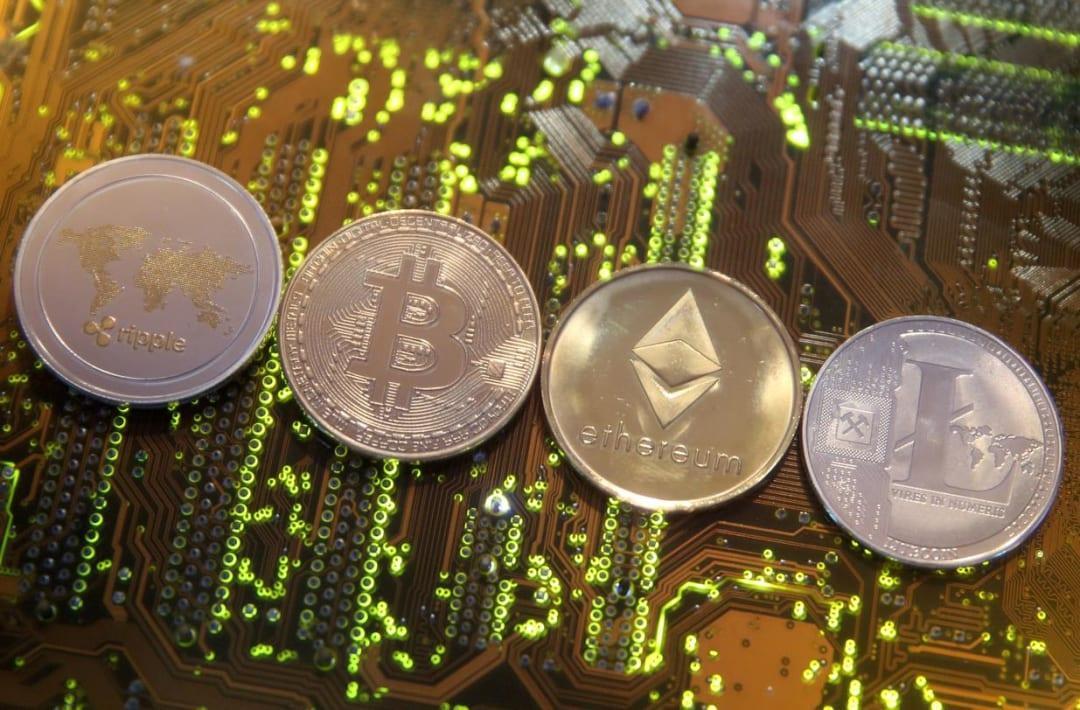Crypto Exchanges have caught on in India. The decentralised nature of the crypto exchanges, along with their fast and easy trading features, has been instrumental in attracting many young traders in India. The integration of the Unified Payments Interface (UPI) has further fuelled the growth of the crypto market in India. However, the recent ban on the use of UPI services for crypto transactions had affected the market. But why has this ban been imposed? How will it affect crypto users and the market as a whole? Read on to find answers to these questions.
Crypto Adoption In India
India has seen mass acceptance of crypto culture in recent years. Since 2021, India has grown as a market for decentralised digital trading. Stablecoins such as Bitcoin and Ethereum have acquired an impressive list of followers. Other coins and tokens have also emerged.
Currently, India accounts for the largest crypto market in the world. Considering the country’s population and the rate at which the crypto market is growing, India can change the contours of the crypto world in the near future. Despite a 30% tax on profits for crypto traders, it hasn’t discouraged businesses from accepting crypto as a source of passive income. It is, in fact, believed that taxation will stabilise the current market value of crypto.
UPI services were recently banned from crypto exchanges for a temporary time. The RBI also introduced CBDC recently.
UPI Integration In Crypto Exchanges
UPI is a network of several banks that unifies multiple banking functions under one roof. Formerly, transactions on crypto exchanges had to be done through third-party wallets or through bank transfers. The introduction of UPI simplified the process.
Some popular Indian crypto exchanges also integrated UPI into their payments interface. Doing this creates a unique QR code for each transaction. Users can simply open their respective UPI payments app, scan the dynamic QR code and make the transaction. The unique QR code can be used across India for crypto UPI payments.
Ban on UPI for Crypto Transactions
Earlier this month, Surojit Chatterjee, chief product officer, Coinbase, announced the introduction of UPI on their platform. Three days later, the National Payments Corporation of India (NCPI), a government body responsible for managing UPI, blocked all transactions temporarily on the platform, saying they were “not aware” that crypto uses UPI payment methods.
Following this, several other popular Indian crypto exchanges also temporarily disabled the UPI money transfer feature on their respective platforms. This resulted in widespread chaos amongst Indian traders as the active trading volume decreased by roughly 90%.
While crypto trading is not illegal, the RBI has a strong stance against the digital asset trading trend. It resents the idea of a decentralised trading system.Though the Supreme Court had denied charges against the ban of crypto exchanges in India, a 30% tax on the profits made from crypto trading has been levied by the government, which is said to take effect from July 1.
India Market Growth
India has more than 10 crores verified crypto traders as of 2022. This makes our country the world’s fastest-growing crypto market. As per The Economic Times, India saw a 641% growth in crypto users between June 2020 and June 2021.
Since the ban by the NCPI, trading volumes across India have seen a dip of almost 50%. While people are looking for answers, crypto exchanges are offering alternative methods of transferring money.
Takeaway
India has faced opposition against the adoption of a decentralised trading ecosystem in recent years from the government. This has significantly affected the crypto business in the country and is discouraging new investors. Time will tell how the market will develop in the future. If you are interested in reading more about crypto, visit Zebpay, India’s largest crypto exchange.

